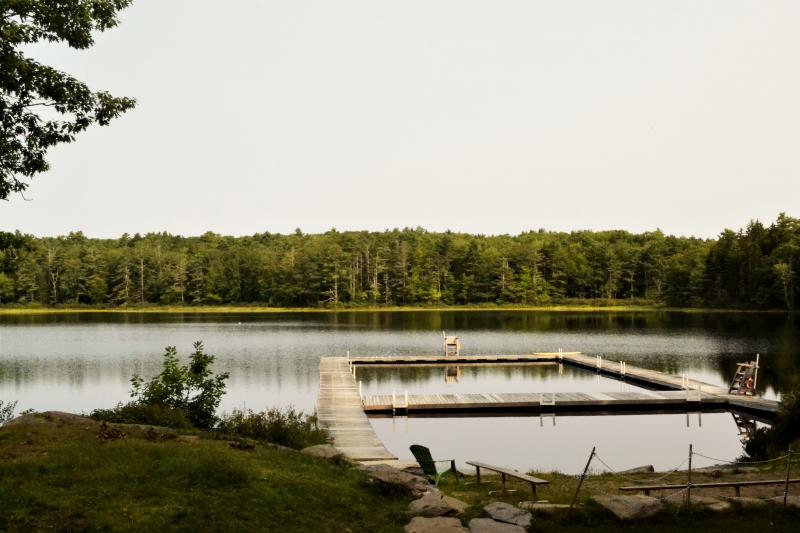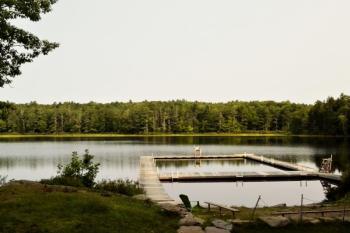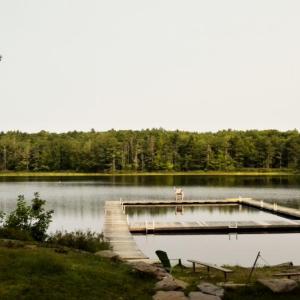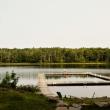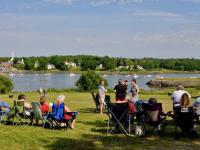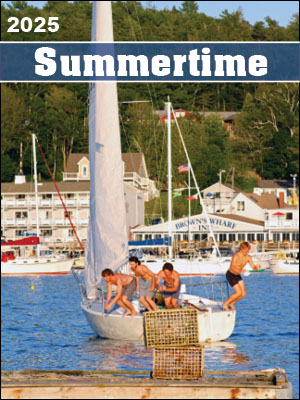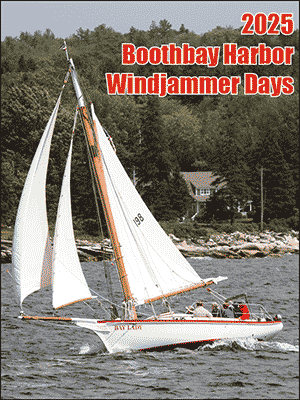Local utilities say large-scale housing development a non-issue
As housing groups look for paths to home ownership and rentals for the Boothbay peninsula’s workforce, local utilities are just waiting for the word. Boothbay Harbor Sewer District Superintendent Chris Higgins, Boothbay Region Water District General Manager Jon Ziegra and Boothbay Region Refuse Disposal District Manager Steve Lewis all said residential expansion would have little to no effect on daily operations.
“I mean, I won't say there would be any extra trips (off peninsula) in the grand scheme of things, but over the course of a year? Maybe one?” said Lewis.
The restaurants are the big source of refuse, Lewis said. And businesses can yield large amounts of waste, but big outfits like Hannaford haul their own off-peninsula. BRRDD often has to provide letters to towns, informing them they have the capacity to serve new businesses and organizations, but it is a formality. So, serving large-scale housing developments would not tax the district a whole lot, said Lewis.
“It would take quite a bit to really affect us. It’s really just the restaurants that create a lot of garbage, but that's the nature of the beast. Even with new restaurants, we can still handle it.”
BHSD also would not change drastically. The district is at 450,000 gallons of daily flow and is outfitted for 640,000 gallons. The Department of Environmental Protection requires a long-term plan reevaluation once capacity reaches 80%, said Higgins. Since the district is 62,000 gallons away from that mark, it would take about 170 four-person households – about 90 gallons per person per day – to get there. It would take over 500 such new homes to bring the district to 100% capacity. Apartments, townhouses and cluster housing would be a little less and senior living far less, said Higgins.
Much like BRRDD, the greatest waste comes from restaurants, which don’t contribute nearly as much liquid as organic matter. “The organic load to the plant was a bit underestimated by engineers when they did the big upgrade … but housing is not a heavy organic load. Restaurants, brewery waste, those are the heavy organic loads. Household waste is pretty low compared to those. Putting on these developments should not affect us at all, not to the point where we would have to change.”
BRWD has the capacity to serve as much of the peninsula as necessary, said Ziegra. The ability to treat the water is just about boundless, but source water is a different matter, though not an issue for potential residential development, he said. “We're making preparations to meet all housing needs assuming we have 100% grow-out at some point down the road. We're doing all the legwork now and making the investments in the system to meet any housing boom. That's where we're at really right now.”
BRWD is also part of Five Rivers Regional Water Council which covers about 144,000 customers and their water districts from Topsham to Nobleboro, Bowdoinham and Richmond and all the peninsulas in between, Ziegra said. The goal is to share resources and one of the big upcoming projects will be to link Edgecomb to Wiscasset Water District, though that is about $28 million and many years down the road unless a good opportunity comes along sooner. By that point, the consortium will likely be one large water district with little trouble sourcing and treating water for all its customers as Topsham is building a $35 million treatment plant, said Ziegra.
“As far as growth – it's what our job is. It's to support it. There's no concern of the district that there will be too many houses being put in or whatever. There will be a lot more. We can support quite a bit and even if we couldn't support it, we'd find a way to support it. That's our job. We can meet all those needs.”
Higgins and Ziegra said linking new developments in is not a problem especially with some of the areas housing groups are eyeing which already have immediate access to water and sewer. Properties that do not have that access could expect a rise in property value between 15% and 20% once they get it, Ziegra said.
When BHSD does big projects like the recent Route 96 project, they create spurs in areas that may want or need to tie into sewer in the future and all BRWD has to do is keep up the seasonal and year-round mains to make linking new customers in easy. However, both said the problem is getting developers to invest in that access for properties. Said Ziegra, “Our hands are somewhat tied in what we can invest in and it's either municipalities having other priorities … or making developers pay. That's huge because it's the last thing they want to do. In the real world, if you live within a quarter mile of water as a rule of thumb, you've got to bring it. That's just the cost of doing business.”
Event Date
Address
United States

